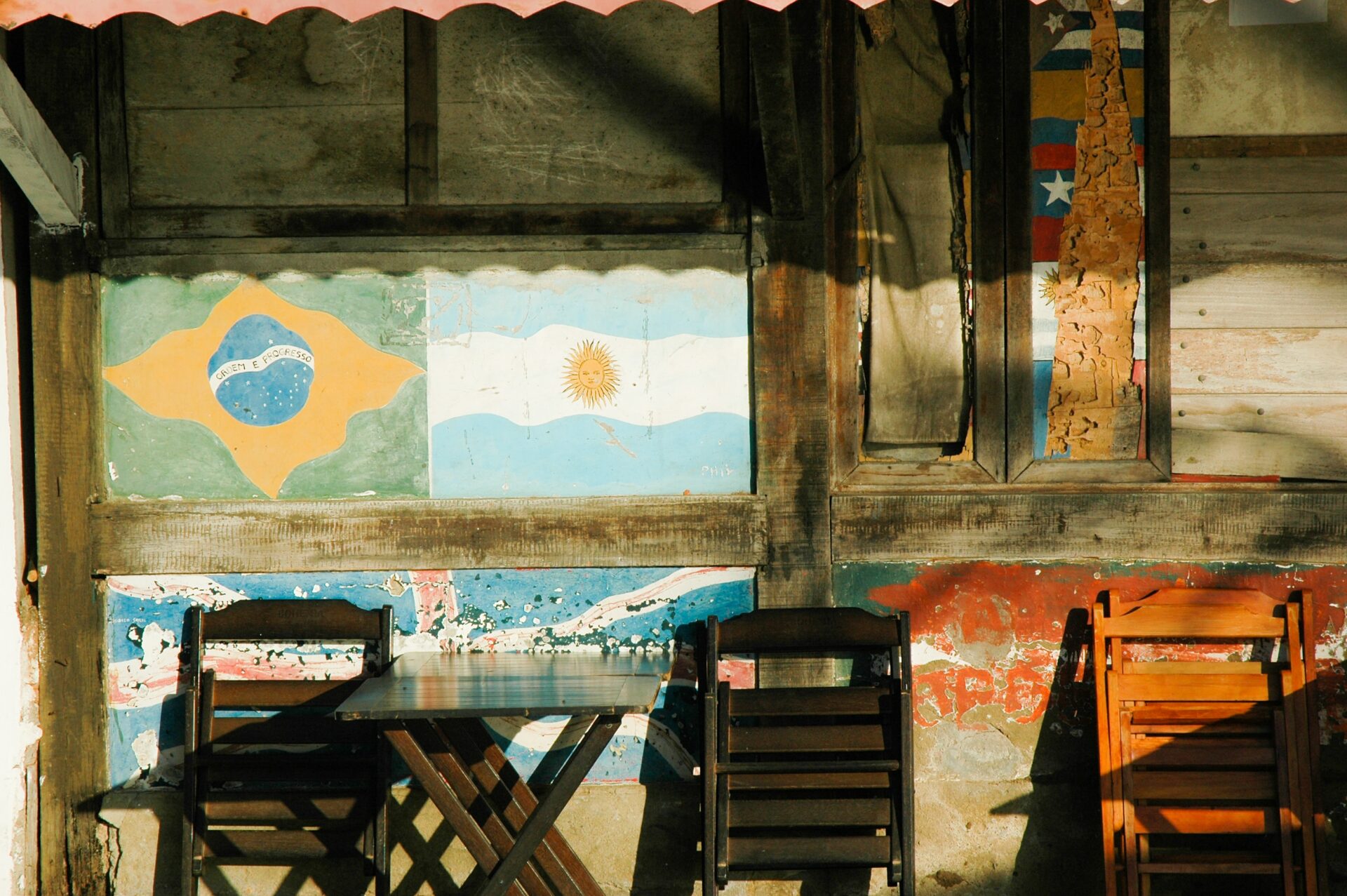The Public Sector’s AI Journey: How Government Can Learn From the Private Sector in Adopting AI
Having often been imagined by the press in dystopic terms, AI tech may be living its day of redemption amidst the global pandemic. The already fast-coming arrival of an automated era has been greatly accelerated as AI is mobilized to cope with and combat COVID-19.
Notably, this has begun with the private sector. Enterprises are looking to AI to rapidly extract insights into the disease, to help fast-track test kits and treatments, to track the virus’ spread and to provide citizens real-time information. Governments too are turning to AI for an ally in the fight, and in the US calls are mounting for a government-regulated contact tracing system based on AI-driven algorithms.
The position of the public sector lagging one step behind the private in AI fits with an already established pattern in AI adoption predating the pandemic. In the US, the private enterprises have exemplified AI’s promise, unlocking vast quantities of company data to solve core industry challenges, disrupt industry value chains, create new markets, attract talent in a tightening labor market, and reinvent the enterprise around customer experience. Bogged down by bureaucracy and relative myopia, meanwhile, government is only just beginning to deploy comparatively basic customer service interfaces and to update legacy systems.
Remarkably, even prior to COVID, though, the stakes involved in keeping on the cutting edge, seemingly couldn’t be higher. As nations like China and Russia pour billions into AI, an international race towards broader adoption will increasingly shape global power dynamics, with our national security hanging in the balance. At home, the value potential for government offices is enormous. Making back-office work more efficient, AI could potentially free up 30 percent of the government workforce’s time within five to seven years, estimates a report from Deloitte Insights.
And yet as the government moves to take its first steps toward a “smart future” there is perhaps some benefit in following the private sector’s already blazed trails. If it’s paying attention, the public sector stands to learn a great deal from those adoption strategies that have thus far worked well for the private.
Lesson #1: Start With Intention, Don’t Start With Tech
The public sector must benchmark its AI adoption and deployment against analogous private sector industries, and it must study what has been successful for private enterprises. Principal among the lessons it should learn is that the first step towards AI implementation is clarifying the value an organization aims to create and capture.
A major pitfall of AI adoption is leading with technology rather than leading with intention. Excited by the tech’s prodigious power and the myriad of applications, some enterprises have been quick to pour large sums of money into AI adoption without a clear objective of what specific problem they hope to solve. Throwing money or resources at any issue with only a vague notion of what your organization hopes to achieve is a major reason why around one in every 10 data science projects fail.
Successful enterprises keep the horse before the cart, establishing a clear target for their investment. Consider the example of AI-powered translation, which helps people communicate across language barriers. An MIT study found that when eBay launched automatic translation on their e-commerce platform in 2014, trade between English-speaking and Spanish-speaking countries increased by 17.5%.
Rather than pursuing an unfocused objective of simply making their AI application more accurate for general-purpose translation, eBay adapted it to become more specialized for the most important and value-adding areas of their site. And they did so using data and context that only they possessed. It is finding this space between AI capability and business application which secures success.
The private sector has learned that it is much more important to lead with clear intention instead of broad enthusiasm when it comes to AI. The public sector must follow this thinking. Start with value and use tech as an enabler to that end. For example, the public sector cannot commit billions of dollars to a broad field like transportation and expect AI to fix core issues. However, that same investment applied to specific traffic aspects could have massive impact.
There is a major difference between leading with tech – that is, vaguely defined enthusiasm – and leading with clarified intention.

Lesson #2: Make Sure To Incentivize Adoption
Change doesn’t happen overnight – and less so in big bureaucratic government institutions. Big multinational enterprises meanwhile have faced similar obstacles in deploying AI. Proving value on a small scale is easy; expanding this throughout an organization with a diverse set of stakeholders and users is critical for scaling AI.
However, in the private sector, large multinational corporations have successfully overcome this obstacle in their AI initiatives by incentivizing change and engaging the broader organization on the journey to drive adoption.
AI programs undertaken in the private sector have demonstrated that critical stakeholders must be open to change and new ways of working and they must have clear incentives to see it through. If business leaders don’t provide stakeholders with the necessary motivation to adopt the tech, the idea will not translate into anything meaningful.
In practice, such incentives might mean tying adoption milestones to bonuses for all stakeholders. Moreover, large enterprises often create consortiums and committees to serve as the stewards of AI deployment. Those forming this “Center of Excellence” or “Transformation Office” live and breathe the initiative’s adoption, and they too should understand that success will be accompanied by financial incentives.
Lesson #3: Ensure Funding Is Available For The Entire AI Journey
And while change does not happen overnight, it also does not happen in a single year or single administration. Holistic change takes time – and the private sector knows it.
Huge investments in AI by multinational companies have only come to fruition when the organization has made sure to fund the “whole journey,” all the way from proof of concept to scale. Private enterprises have needed to comprehend realistic, long-term timelines and to implement funding schemes that ensure enough money remained available to keep the initiative on track for the long haul.
Successfully deploying AI technology to government offices will likewise require such prudence and forward planning. Annual budgets, in general, won’t suffice. However, funding schemes that carry over year after after are by no means without precedent in the public sector. For example, in its massive undertaking to resurface highways and roads, the government allotted $305 billion to be spent over five years starting in 2015. Implementing smart systems is “future-proofing” infrastructure which must be treated as the long-term economic investment it is.
Leading As It Follows
As the government begins to introduce computer vision and advanced machine learning into public departments, the road to revolutionized public services will likely follow a steep learning curve. But, by paying close attention to the insights and best practices gleaned from the private sector’s experiences, the task of catching up will prove far more feasible.
At the same time, as the government looks to follow in private enterprises’ footsteps, the public sector should also embrace an equally important opportunity to in turn set a powerful example for industries. While astounding successes have already been realized through AI adoption in the private sector, deployment has also brought with it an array of alarming ethical concerns.
From its potential for inherent bias, the threat to personal information and privacy, or the uncertainty surrounding legitimacy and non-repudiation, AI has been called one of the great human rights challenges of the 21st century. If large corporations have thus far proven themselves more willing to overlook these ethical dilemmas, it is the responsibility of governments to set the precedents and standards for AI’s responsible use. Even as government takes a page from pioneering enterprises’ playbooks, it must also introduce public policy frameworks that prepare us for AIs problematic repercussions.
 Ultimately, as the government looks to adopt AI, it must set some trends even as it heeds others.
Ultimately, as the government looks to adopt AI, it must set some trends even as it heeds others.
Golnar Pooya is a digital transformation expert with a track record of advising large enterprises to shape AI and data enabled programs.




